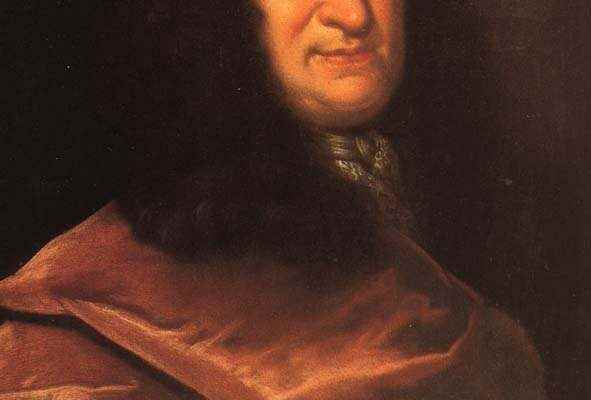Simple code definition binary : The binary code, more generally known as the binary system, is a number system using the base 2 with a number expressed as a series of 0s and 1s. The position of the 0s and 1s respectively indicates the absence or the presence of a power of 2, as shown in the example diagram below.
Example of binary code
Binary System Applications
Nowadays, the binary system is at the heart of modern computing and electronics because the computers basically work like Turing machines using the binary system. This is George Boole who developed the idea of logical computation from the binary system and Claude Shannon and George Stibitz who in 1937 laid the foundations of electronic calculations on binary numbers, paving the way for computing.
What is binary code?

It is often recognized by the signs best known to the general public, 0 and 1. Two numbers that can form strange (sometimes endless) combinations. Combinations that seem incomprehensible except to their creators. The codes binaries are mainly used in information and communication technologies (IT and telecom) to encode data.
Each binary digit is called a bit. A group of 8 bits is called an octet. Behind each byte hides an instruction or character. The binary system was invented at the end of the 17th century by the German philosopher and scientist Gottfried Leibniz. His invention was not greeted as he had hoped. He discovered a Chinese book called Yi Jing or “Book of Changes”, in which he found a binary code like the one he had imagined. This discovery solidified his belief that the world could be much simpler with binary code.
This idea came back strongly in the middle of the 19th century after the publication of an article by George Bool on the analysis of logic, a theory taken up by Claude Shannon in the 1930s. It was at this time that the theory of binary code really began to be applied.
What is a binary code used for?
Binary systems are not limited to O and 1. They rely on two answers which can be Yes/No, True/False or On/Off. Computers are the biggest users of binary codes. Two mixed symbols make it possible to approach very complex realities in a very simple way.
In computing, they are used to perform calculations and record information. Blind people also use a binary system, Braille, which consists of grids made up of six dots. Some points are flat (they correspond to 0), others in relief.
In electrical systems, the presence of voltage is coded with a 1, an absence of voltage with a 0. binary codes.
How does binary code work?
The bit gate this name because it means in English “binary digit”, which could be translated as binary unit. In other words, a number or a symbol that represents one of the two states of the binary code. One bit = 2 possibilities (0 or 1). Two bits = 4 states or possibilities (00 / 11 / 01 / 10). And so on.
The longer the series of bits (bytes), the more the number of possible combinations increases. What is the decimal value (or weight) of a bit? It depends on its position in the byte and its symbol. We start from the symbol on the right and go up the line to the left, adding a power of two to each new bit. For example, the decimal value of binary word 1101 is equivalent to: 8×1 + 4×1 + 2×0 + 1×1 = 13.
You will also be interested
Interested in what you just read?
